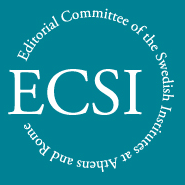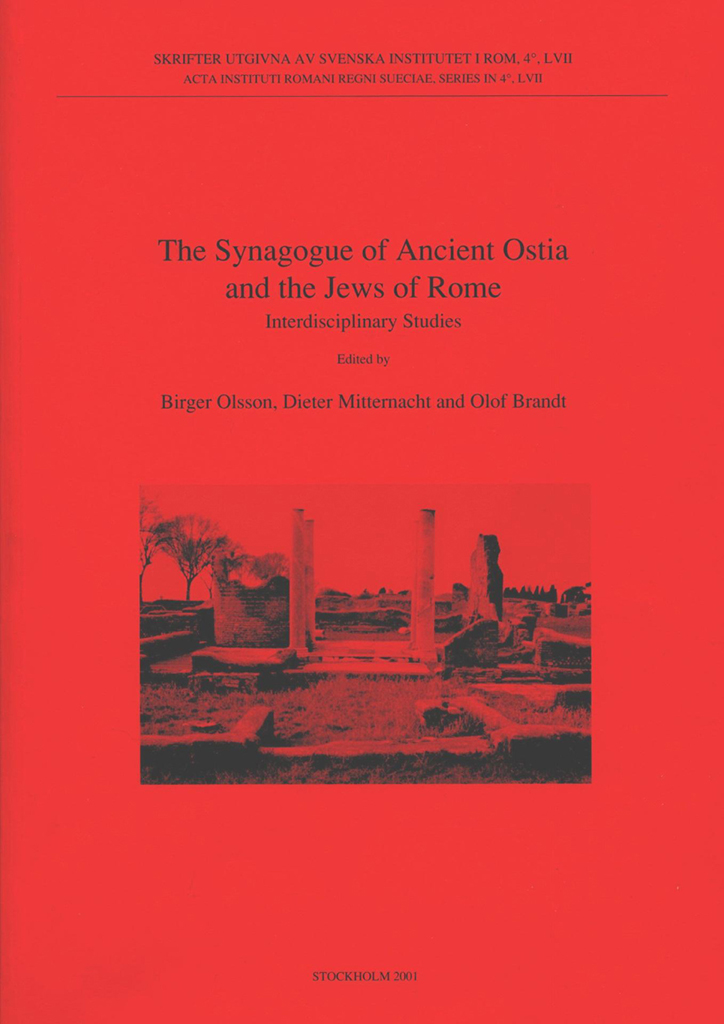Opuscula is published by the Swedish Institutes at Athens and Rome, with the aid of a grant from the Swedish Research Council. Distributed by Eddy.se AB. View journal at ERIH PLUS. All content available with open access. Etruscologia e ideologia nel XX secolo By Marie-Laurence Haack (Université de Picardie) Abstract Etruscology developed in the 20th century as a scientific discipline thanks to and against the ideologies of its time. In Italy, between Unification and the March on Rome, Etruscan studies were encouraged by an exacerbated nationalism. Once Unity was achieved, the Italians had to be made, considering the Etruscans the precursors of Rome and the ancestors of the Italians. Then, from 1922 until the end of World War II, Fascism favoured the structuring of Etruscology thanks to the Istituto di Studi Etruschi, which gave the discipline international visibility, but Fascism also oriented a whole series of Italian studies towards the idea of the autochthony of the Etruscans, against that of a heteroctony, promoted by Nazi Germany to identify the Etruscans as oriental individuals of an inferior race. Only slowly did Etruscologists shed the values associated with fascism and turn towards liberalism or communism to renew their conception of the origin, society…
Published by the Swedish Institute of Classical Studies in Rome. Distributed by Astrom Editions. The Synagogue of Ancient Ostia and the Jews of Rome. Interdisciplinary studies Edited by Birger Olsson, Dieter Mitternacht & Olof Brandt Abstract In March of 1997 a research project on the ancient synagogue began at Lund University, Sweden, continuing a tradition of research that has its roots in the 1930s. The project’s title “The Ancient Synagogue: Birthplace of Two World Religions” suggests that Judaism and Christianity existed for a time in close proximity to each other and were shaped by the same particular milieu within the ancient world, namely, the synagogue. The synagogue in ancient Ostia was chosen as an initial case study, since there is evidence that it was built during the first century CE and consequently is one of the earlier synagogues in the Roman world to have been excavated. Olof Brandt presents for the first time a more extensive description of the area outside the city walls where the synagogue was built. Anders Runesson surveys all the material that has been published about Ostia in order to make a new reconstruction of the synagogue’s history in Ostia. Magnus Zetterholm attempts, primarily with the…


